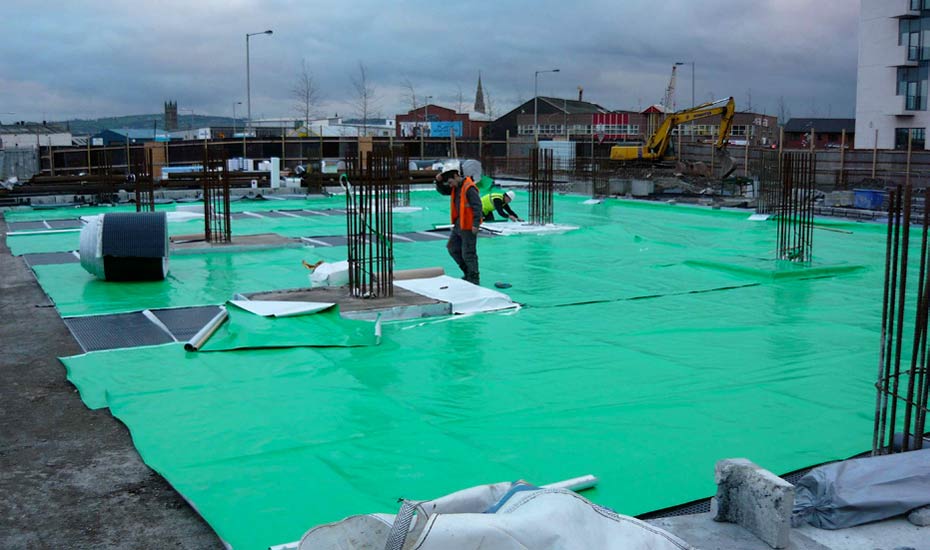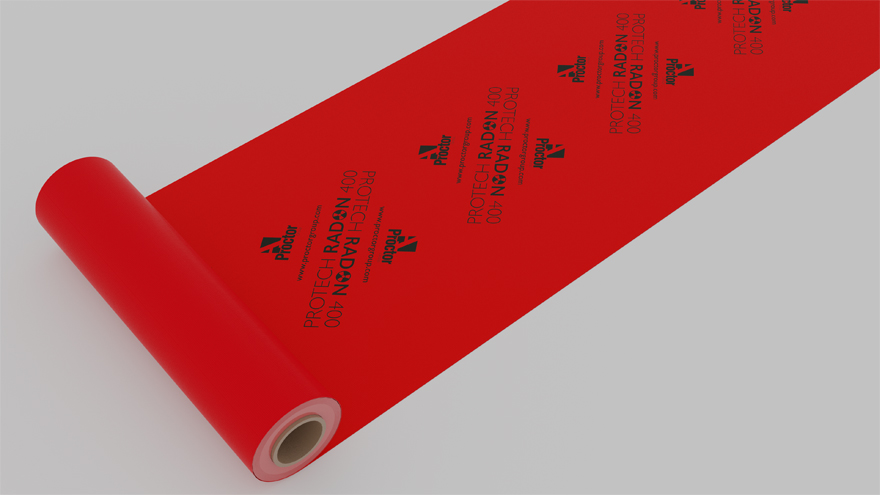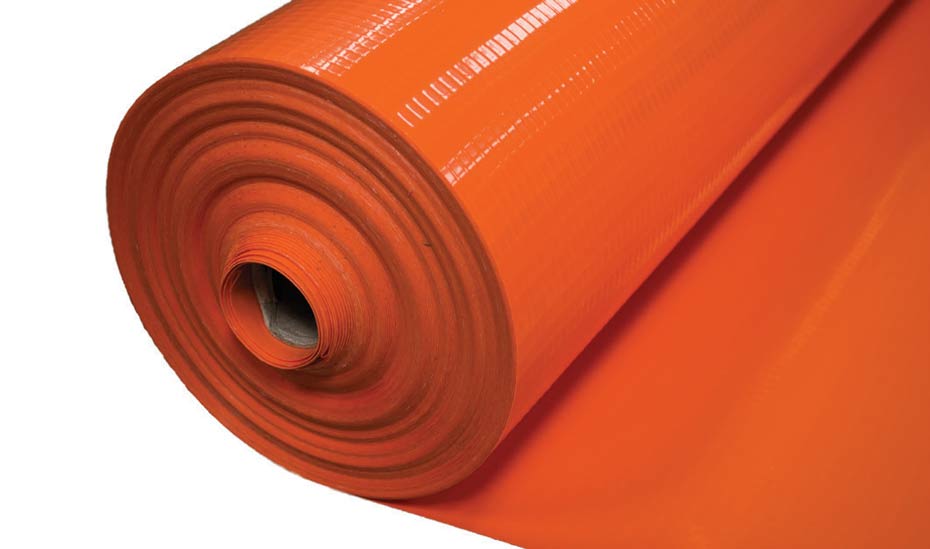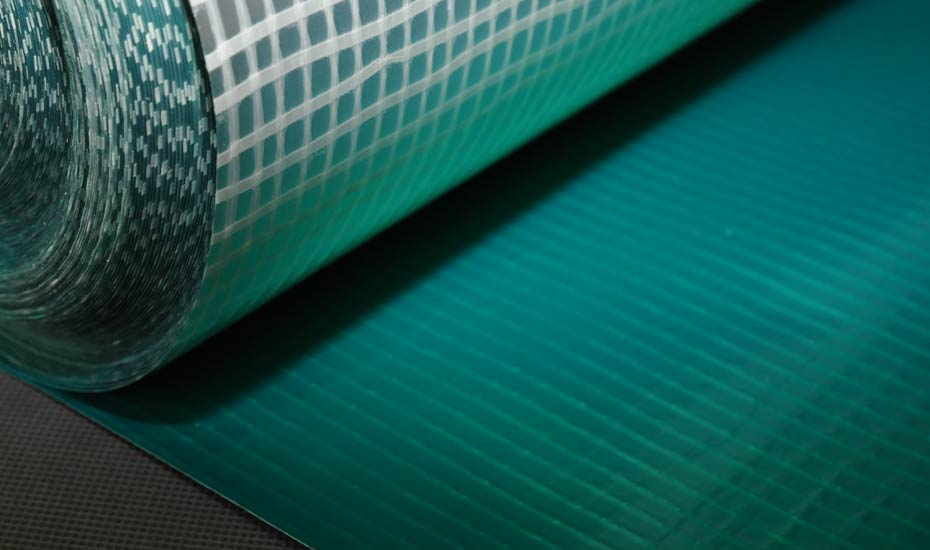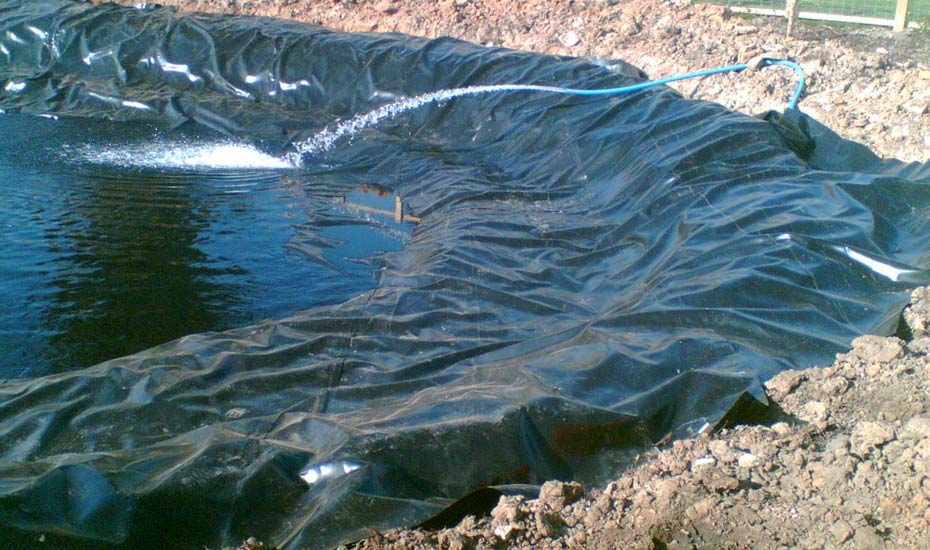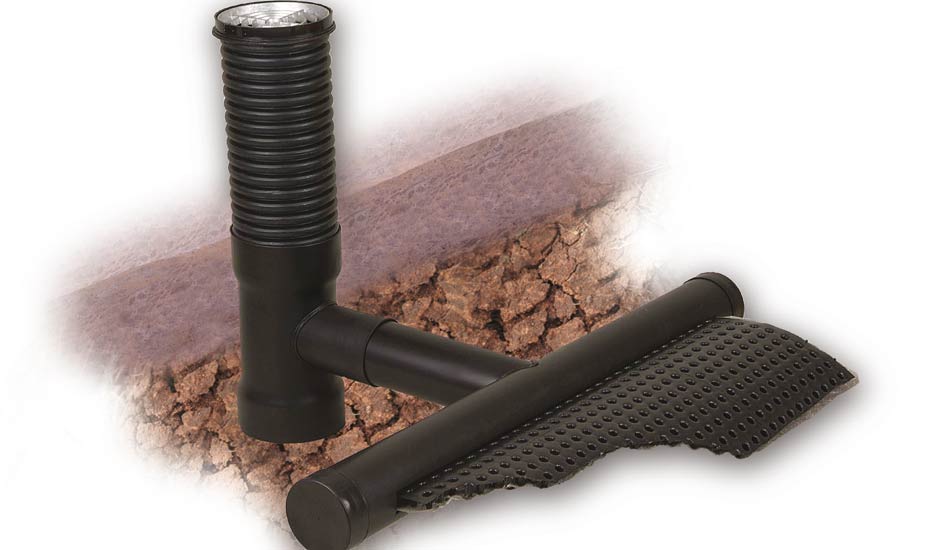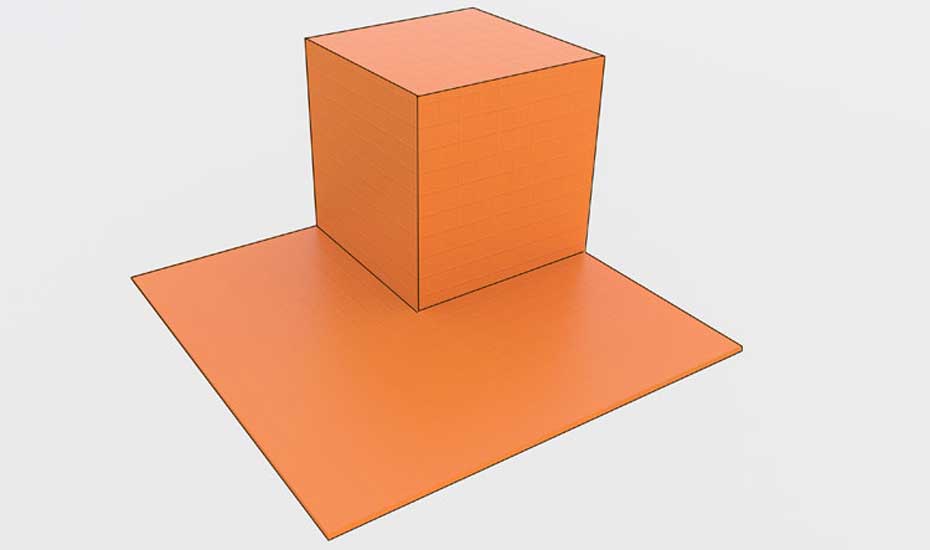The A. Proctor Group has been in the Gas Protection market for over 20 years promoting a range of gas membranes and venting components for use on contaminated land sites. Adequate protection against the ingress of ground gas and vapours is crucial and the A. Proctor Group can provide safe and value engineered solutions.
Our technical services include CAD details and project specific recommendations utilising the latest guidance and in full compliance with current legislation and standards.
Request a Sample
Technical Advice
CAD Detail Review
U-Value Calculation
Book a CPD
Specification Check
